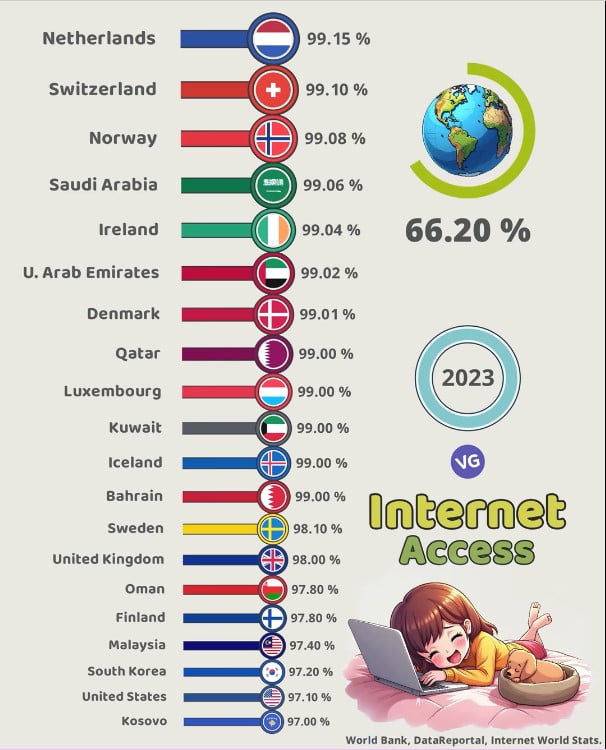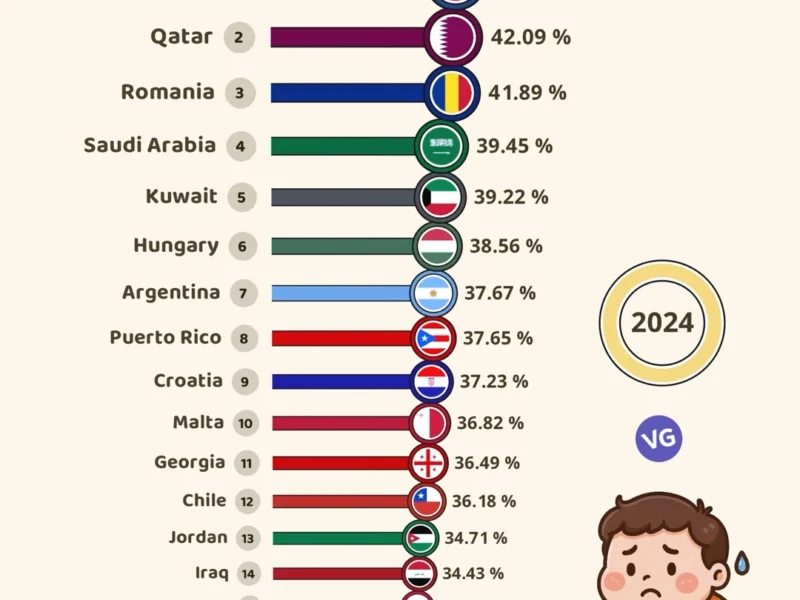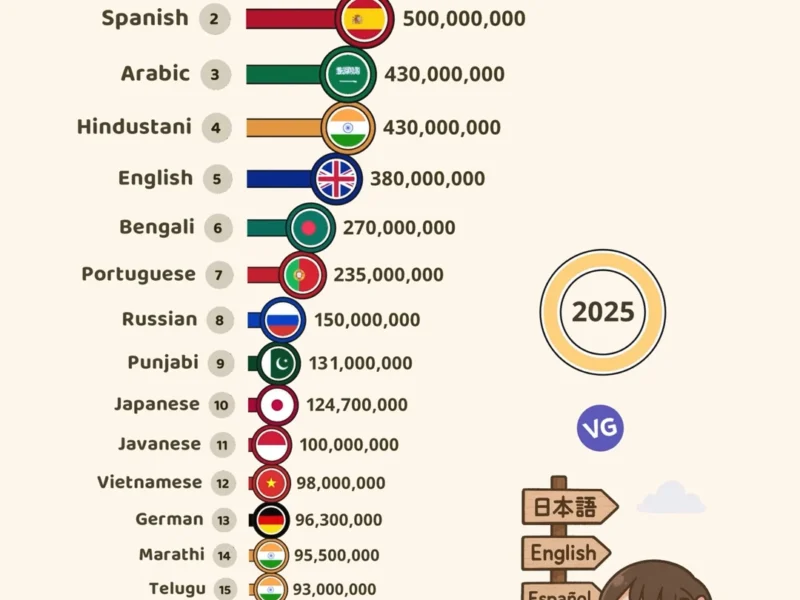Now, over 5.35 billion people use the internet, which is 66.2% of the world’s population1. This growth added 97 million new users last year. It shows how internet use is growing fast1. Experts say we’ll see more people online by 2029, with a 47% increase2.
Evolution of Internet Access in the World 2024
| Country | Flag | Internet Access (%) |
|---|---|---|
| Netherlands | 🇳🇱 | 99.15 |
| Switzerland | 🇨🇭 | 99.10 |
| Norway | 🇳🇴 | 99.08 |
| Saudi Arabia | 🇸🇦 | 99.06 |
| Ireland | 🇮🇪 | 99.04 |
| U. Arab Emirates | 🇦🇪 | 99.02 |
| Denmark | 🇩🇰 | 99.01 |
| Qatar | 🇶🇦 | 99.00 |
| Luxembourg | 🇱🇺 | 99.00 |
| Kuwait | 🇰🇼 | 99.00 |
| Iceland | 🇮🇸 | 99.00 |
| Bahrain | 🇧🇭 | 99.00 |
| Sweden | 🇸🇪 | 98.10 |
| United Kingdom | 🇬🇧 | 98.00 |
| Oman | 🇴🇲 | 97.80 |
| Finland | 🇫🇮 | 97.80 |
| Malaysia | 🇲🇾 | 97.40 |
| South Korea | 🇰🇷 | 97.20 |
| United States | 🇺🇸 | 97.10 |
| Kosovo | 🇽🇰 | 97.00 |
The internet turned 41 in 2024, starting on January 1, 1983. It went from a special tool to something we all need. It changed how we talk, work, and find information2.
Internet Connectivity: Reaching New Frontiers
The world is moving towards a more connected future. Yet, over 1 billion people still don’t have internet, mostly in Southern Asia and Africa3. The main reasons are cost, not knowing how to use it, and not having the right skills3.
Closing the Digital Divide
Fixing this gap is a big deal worldwide. The internet helps in many areas like health, making things, and shopping. It could add $1.2 trillion to $2 trillion to the world economy by 20303. Also, we’ll need 20 times more data by 2030, showing we must act fast3.
New tech like low-earth orbit (LEO) satellites is helping bring the internet to far-off places. The US and China lead, but Europe, India, and Africa are also joining in. They face tough rules to follow4.
We must bridge the digital divide to fully enjoy the digital age. By using new tech and solving access problems, we can make the internet benefits available everywhere. This will help communities and grow the economy34.
Evolution of Internet Access in the World 2024
The world now has 8.08 billion people, up 0.9% from last year5. This growth is thanks to more people getting connected. Now, 5.61 billion people use a mobile phone, which is 69.4% of the world, up by 138 million since early 20235.
More people are using the internet too. Now, 66% of people, or 5.35 billion, use the internet, up 1.8% from last year, adding 97 million new users5. This is especially true in developing areas, where more people are getting online.
There are now over 5 billion active social media users, up 5.6% from last year, adding 266 million new users5. But, people are spending less time on social media, now at 2 hours and 23 minutes a day.
| Metric | 2024 Value | Year-on-Year Change |
|---|---|---|
| Global Population | 8.08 billion | 0.9% increase |
| Unique Mobile Phone Users | 5.61 billion | 138 million increase |
| Internet Users | 5.35 billion | 1.8% increase, 97 million new users |
| Active Social Media Users | 5.04 billion | 5.6% increase, 266 million new users |
| Average Daily Social Media Usage | 2 hours 23 minutes | Decrease from previous year |
Even though the internet is growing, some areas still lack access5. In India and China, over 680 million and 336 million people don’t have the internet yet5. But, India saw a 10% increase in internet use from 2021 to 2022, showing progress.

Internet outages are a big worry, with over 120 happening in 20246. These outages are caused by many things, like damaged cables, cyberattacks, and wars. They show how vulnerable the internet is and the need to keep it safe.
As we rely more on the internet, keeping it stable and secure is crucial65. Experts say we need to take steps now, like labeling cables and preparing for big events, to keep the internet open for everyone.
Overcoming Barriers to Universal Access
Even though more people now have internet, many still can’t get online. About 2.6 billion people worldwide don’t have internet access7. Wars and political rules block progress in 14 of the poorest countries7. Also, not having enough electricity and clean water stops internet in many places7.
Only 5% of people globally can’t get to broadband mobile networks8. But, almost 400 million people don’t have the right setup for internet8. Many people don’t even know what the internet is8.
To fix this, we need to do many things. We must invest in better internet infrastructure in poor areas7. We also need to make it easier for companies to help by lowering political and economic problems7. Getting everyone online by 2030 will take work from governments, global groups, and companies together7.
FAQ
What is the current global internet user count and growth rate?
There are 5.35 billion internet users worldwide in 2024. This is 66.2% of the global population. Internet use grew by 1.8% last year, adding 97 million new users.
What is the projected future growth of internet users?
Internet usage is set to reach 7.9 billion users by 2029. This is a 47% increase from 2024.
When was the internet officially created?
The internet was officially created on January 1, 1983. It is now 41 years old.
What are the barriers to achieving universal internet connectivity?
Over 1 billion people are still offline, mainly in Southern Asia and Africa. Factors like cost, lack of literacy, and digital skills keep them from getting online. The GSMA Intelligence says so.
What is the internet adoption rate among different age groups?
75% of people aged 15-24 use the internet. Only 65% of those 25 and older do.
What is the current and projected internet access rate in the United States?
In 2024, 94.6% of Americans had internet access. It’s expected to rise to 98% by 2029.
Which countries have the largest unconnected populations?
India and China have the biggest unconnected populations. Over 680 million and 336 million people in these countries don’t use the internet. Yet, India saw a 10% increase in internet use from 2021 to 2022.
What is the current global internet penetration rate?
66% of the world’s population, or 5.35 billion people, use the internet as of 2024.
What other internet-related statistics are noteworthy?
Every day, 7.5 million blog posts are published. Also, 5.04 billion people are on social media as of 2024.
What other factors are impeding progress towards universal connectivity?
Armed conflicts and political restrictions slow down internet access in 14 of the 20 least-connected countries. Infrastructure issues, like lack of electricity and clean water, also block internet access in many places.
What is the current state of broadband infrastructure globally?
Only 5% of people worldwide can’t reach broadband mobile networks. But, almost 400 million people lack the needed infrastructure for internet access.
What other barriers to internet access remain significant?
Many people don’t know about the internet. This lack of awareness is a big barrier for hundreds of millions of people.
Source Links
- Internet use in 2024 — DataReportal – Global Digital Insights
- Internet Usage Statistics In 2024
- Connected world: An evolution in connectivity beyond the 5G revolution
- The Next Frontier: LEO Satellites for Internet Services.
- Digital 2024: Global Overview Report — DataReportal – Global Digital Insights
- Internet connectivity — even in 2024 — is vulnerable at a number of levels
- Robust investments in infrastructure are essential to ensure universal access to the internet
- Fixing the global digital divide and digital access gap



